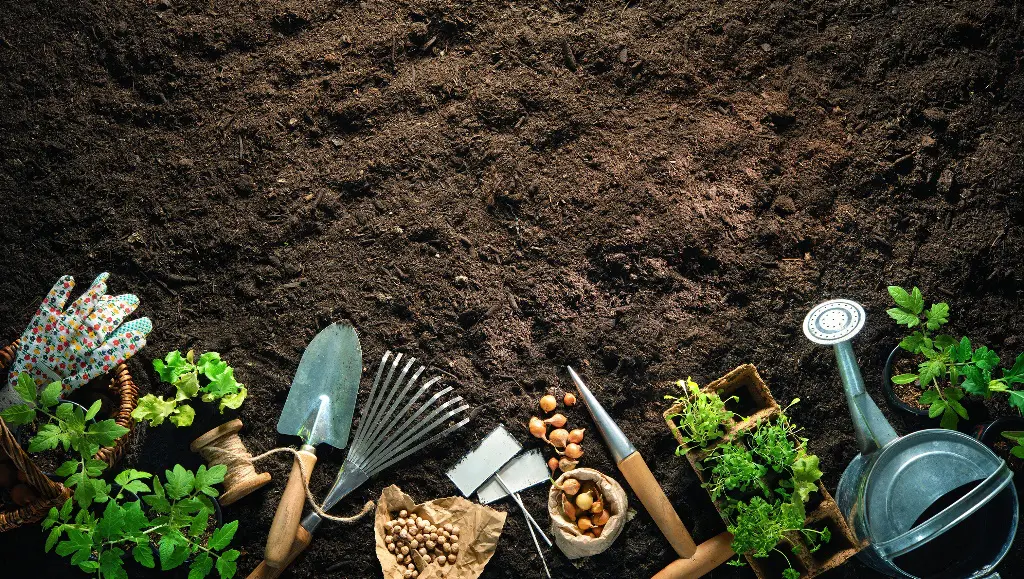
Soil Testing
When planting a new garden, you must prepare your soil before planting anything. One of the first steps in preparing your soil is to ensure that you do all the necessary soil tests. However, the top priority when preparing our soil is making sure it’s rich enough.
So, before we can test anything, we have to know how much nitrogen, potassium, calcium, and other nutrients are in our soil. And then figure out how much fertilizer or potash is needed to reach a target ratio. If you’re just getting started with gardening or if you want to get your land ready for planting, then here are some things you should know.
What Kinds of Tests Should You Get Done?
There are many ways to test your soil, but let’s focus on the most common tests: pH level, nitrogen levels, and potassium levels. Many people don’t know that you can test your soil to see its nutrients and the composting methods that will work best for your garden! Below is a list of the most commonly used tests for soil preparation.
1. pH Level Test:
The pH level of your soil is a measure of how acidic or alkaline it is. Most plants prefer soil with a pH level of 6.5-7.0, but some can tolerate levels as low as 4.5 or as high as 8.5. You can purchase a pH test kit from your local gardening store, or you can use baking soda and vinegar to test it yourself.
2. Nitrogen (N) Levels Test:
Nitrogen is an important element in soil because it makes up amino acids essential to all living cells, including chlorophyll. Nitrogen is also needed for proper plant growth, cell division, protein production, and seed formation. You can find out if your soil has too much or not enough nitrogen by taking a soil test to see the levels for that specific type of soil you have.
3. Potassium (K) Test:
Potassium has several functions in plants, but the most important is that it helps regulate water uptake and movement. It also helps with photosynthesis, disease resistance, and seed production. You can test to see if your soil has enough potassium by taking a soil test as well.
4. Calcium Levels Test:
Calcium is very important for strong cell walls, and it also helps with the absorption of other nutrients. You can add calcium to your soil by using a product called bone meal.
DIY: Conducting Self-Test of Your Soil
To test your soil’s pH level using baking soda and vinegar:
Add one teaspoon of baking soda to one cup of water at room temperature and stir. Then, add one teaspoon of vinegar to the solution and stir again. Set the container aside for a few minutes to let your soil mixture react with baking soda and vinegar.
If you see small bubbles forming around the soil, it is neutral (pH=7).
If there are no bubbles, it needs to be more acidic (<7), so add a little more baking soda. The bubbles indicate carbon dioxide is being released as a reaction to adding an acid to the soil, which means your soil is too alkaline. You will have to add vinegar instead of water if you want it to be more acidic.
I’m using one cup of room temperature water because some sources recommend using cold water, which can end up giving you false readings. That is why I’m using room temperature water to ensure accuracy.
So remember, if after adding the vinegar and waiting for bubbles to form, your soil is still not acidic enough, add more baking soda until it reaches around a pH level of 7. If it’s already at a pH level of 7 or higher, add vinegar until you reach between 6.5-7.0 to ensure your soil is acidic enough for the plant you’re growing.
Where Can I Get More Gardening Tips?
When preparing your soil for planting, it is important to remember that not all plants require the same nutrients. For example, vegetables need more nitrogen than flowers do. Also, soil high in clay needs more potassium than soil high in sand. Therefore, preparing your soil for planting is easy when you know what types of tests to get done, which ones your soil needs, and how to compost. These are the basics that every beginner gardener should know. Visit our website to learn more tips about gardening today. Don’t forget to sign up for our newsletter!
Katie Namet
The Potager Gardener
